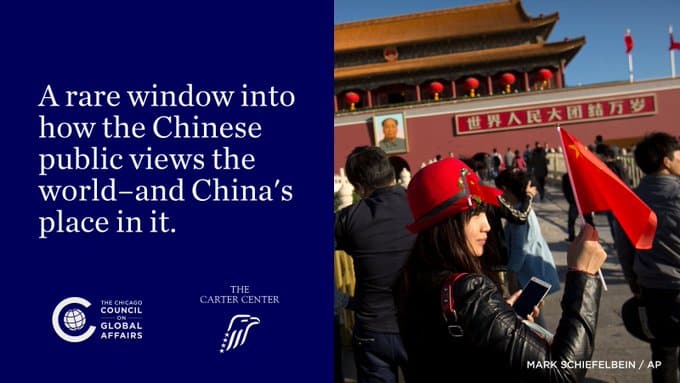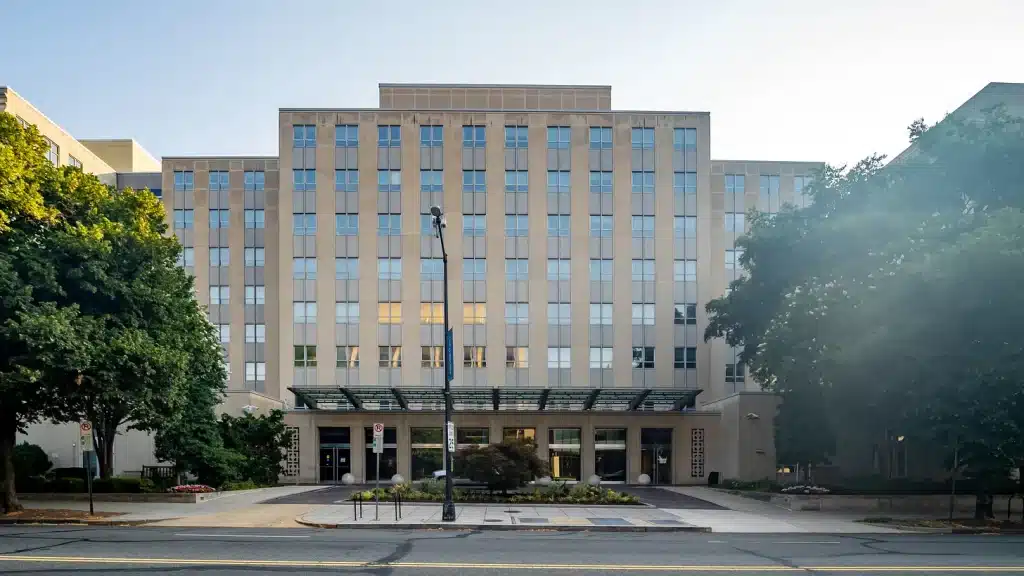China’s ‘Zombie’ Steelmakers Hit With Huge U.S. Tariffs
BEIJING — The U.S. government has imposed massive tariffs on Chinese steelmakers in a bid to halt what American rivals have labeled as large-scale dumping by their Asian competitors.
The Commerce Department ruling levies import taxes of up to a whopping 522 percent — a 266 percent anti-dumping duty and a 256 percent anti-subsidy duty — on imports of Chinese cold-rolled flat steel.
Cold-rolled flat steel is typically used in car manufacturing and sheet metal for construction.
“The size of the tariff is really a surprise for China and a little abnormal,” said Xiang Songzuo, chief Economist at the Agricultural Bank of China. “This new U.S. tariff could create back-and-forth retaliatory taxes which will not be good for China-U.S. economic relations and the global economy.”

The steep tariff is narrowly focused on a specific type of metal, but is highly symbolic of U.S. frustration with China over its continued selling of products like steel at below market prices.
Similar dissatisfaction with dumping has been seen in Europe, India and Australia, where investigations and similar taxes have also been levied against Chinese steel.
According to a Wall Street Journal investigation, in the first three months of this year the American government has already launched seven investigations into Chinese steel dumping and unfair government subsidies for national steelmakers. These financial advantages led to Pittsburgh-based U.S. Steel Corp to lose a reported $1.5 billion last year and $340 million in the first quarter of 2016.
According to the Alliance for American Manufacturing, an estimated 12,000 steelworkers lost their jobs nationally.
“I think complaints from the international community on China’s steel overcapacity has a point, we can’t deny that China’s steel capacity is huge at over 60 percent of global steel capacity,” says Xiang, who notes that China could very nearly meet world demand for steel on its own. “I think China should face this issue … [but] there are a lot of mechanisms between China and the U.S. to negotiate and I think best way to solve this problem is through dialogue.”
At an annual press conference in Salt Lake City earlier this year, American Iron & Steel Institute Chairman John Ferriola argued that global overcapacity for steel was an industry problem rooted in declining global demand from countries like China but exacerbated by Chinese subsidies of its own companies.
“China has subsidized the growth of its steel industry through grants, low-interest loans, free land, low-priced energy and other raw material inputs,” Ferriola said. “Simply stated, the Chinese government is a company disguised as a country and they are waging economic war on the United States.”

Steel is not the only industry where this complaint has been lodged against Chinese subsidies. In numerous sectors where demand has softened like aluminum, coal, shipbuilding and solar panel manufacturing, Chinese governmental support as laid out by Ferriola provides a lifeline to companies that otherwise would be forced to significantly cut production or even shutdown altogether.
This has given rise to what critics have dubbed, “zombie companies,” or firms that are only able to continue operation through bailouts.
“Most ‘zombie companies’ in China are from traditional industries,” says Wang Ying, senior director of Fitch Ratings in Shanghai. “It’s because China’s economic structure relies on continuous investment and these industries are capital intensive.”
Reports in foreign and Chinese media have cited numerous examples of these types of firms in recent months that have suddenly restarted production or been spared closure thanks in large part to injections of government credit.
The South China Morning Post reported this week that economic data from the first quarter of 2016 showed a record 4.6 trillion yuan ($708 million) worth of bank credit was loaned out by Chinese state banks — more than the 4 trillion yuan that was released into the economy during the 2008 financial crisis.
The combination of cheap credit and a need to keep millions of Chinese employed in a slowing economy has consequently fostered an environment where government support for excessive and unneeded industrial capacity is providing temporary stability within China.
However, it comes at the cost of rising governmental debt, increased foreign resentment in the form of trade disputes and perhaps most critically, the putting off of what is perceived as painful, albeit necessary changes to the very foundation of the Chinese economy as it slowly transitions away from heavy industry into a service-based economy.

The need for fundamental change to China’s economy is well understood within China’s ruling Communist Party. Chinese President Xi Jinping has spoken over the years of the need for structural reform that would significantly curtail easy subsidies for China’s zombie companies and shift the country away from the old ways of lending their way out of slow growth.
Such painful restructuring could bring more stable long-term national growth for China, but the short-term pain would be felt at the provincial and local level, where millions of people closely intertwined with the country’s old growth model could be at risk of losing their jobs should the credit spigot be shut.
Xi also faces headwinds from China’s banks, which have lent billions to state-owned enterprises. They are concerned that if zombie companies are killed off, they may be buried under mountains of unpaid debt.
“The central government here is continuously pushing for the overcapacity issue to be solved, but there are many aspects that needed to be taken into consideration,” Wang said. “The government must avoid an economic hard landing while removing these zombie companies while also facing practical challenges such as the unemployment issue, local economic development, financial regulatory issues, capital markets, the list goes on.”

“Of course there is a difference between what the local government and the central government may want in this regard,” Xiang agreed. “Once they close those zombie companies, the local government will face huge financial pressure and laid-off workers … there is consequently often resistance at the local level to implement central policies.”
Economists now are watching to see whether Xi, who over the years has consolidated his power within the party and the government, will now expend some of his political capital to force down the supply-side reform he wants.
“I think the desire for reform amongst policymakers is clear, we can even read it in [official Communist Party newspaper] People’s Daily’s latest editorial on zombie companies,” Wang said. “The central government has enacted some policies already, the key is how they will be implemented.”
Those policies have included sending inspection teams to the provinces to ensure implementation of strategies that reduce overcapacity. While a start, the future of China’s economic future will largely be determined by how aggressively Xi pushes on this issue.
“There is a game going on here between the central and local governments,” Xiang said. “It’ll take time to solve this problem.”
by NBC News MAY 18 2016, 9:10 AM ET








